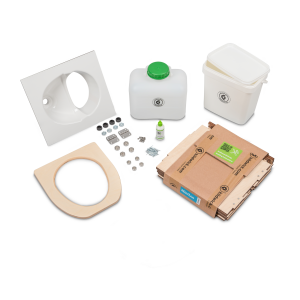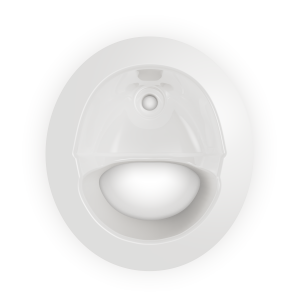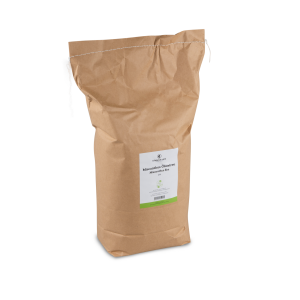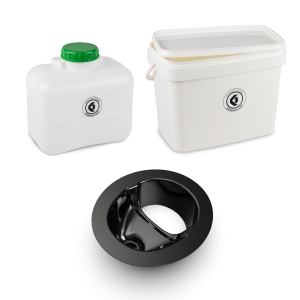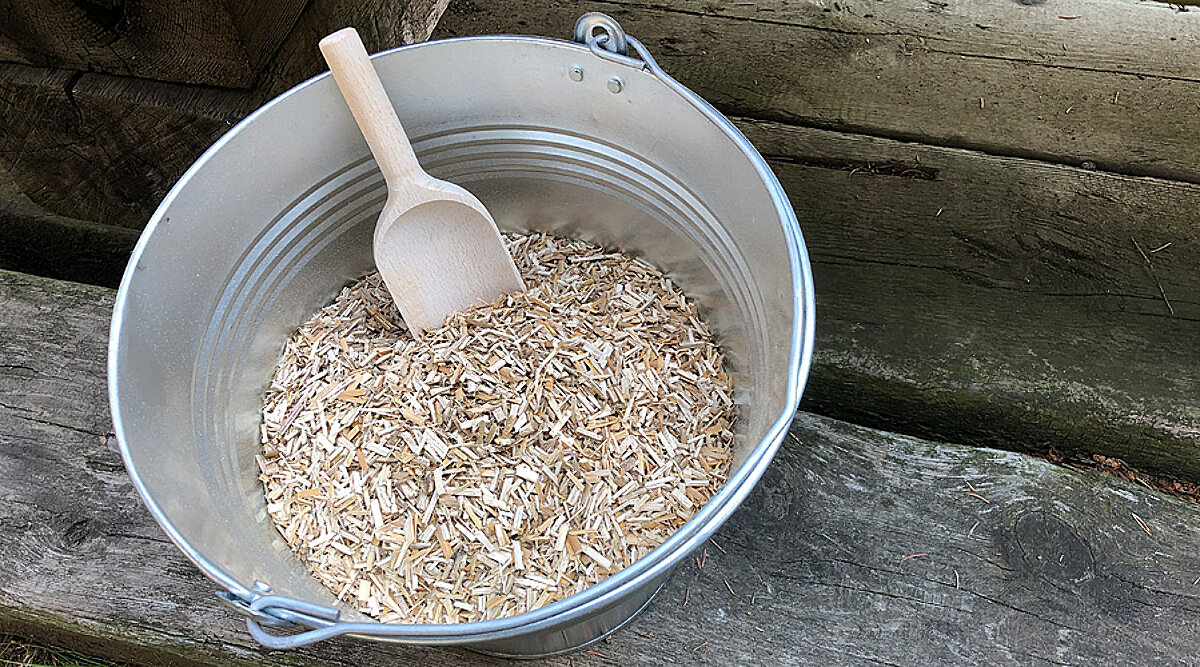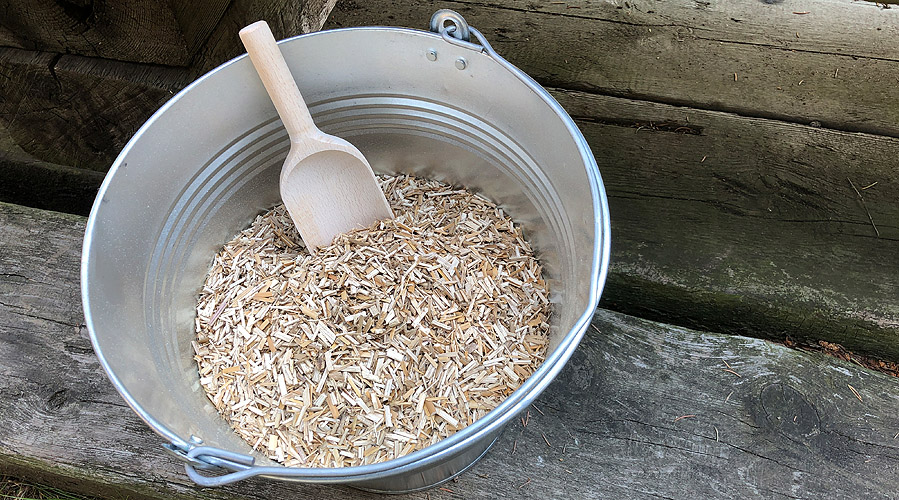
Good circumstances in your solid container are characterized by the fact that moisture is optimally bound, no odours develop and vermin are not attracted. The selection of the right litter is absolutely crucial for this. Here are several options we have already tested with our Kildwick dry composting toilet. Our recommendations take into account the advantages and disadvantages with regard to handling and environmental compatibility.
Cat litter
If you think about adding cat litter as a binder to the faecal matter, please note the following:
- Bentonite cat litter (typical lump litter) is a mineral litter that is not biodegradable. The degradation methods are more than controversial and pose a health risk. Disposal can only be made via residual waste.
- Silicate litter has excellent absorbency and is often labelled as 100% biodegradable. However, it can come with fine litter dust and it is toxic when consumed. Of course, we do not eat cat litter voluntarily, but in a household with children, silicate litter should not be used. The disposal should also be done only via residual waste.
- Although plant cat litter is made from natural materials, it can contain chemical residues from paints and adhesives that are not decomposed during the composting process. You should read the packaging and pay attention to production from sustainable forestry.
Pine bark
Some manufacturers sell pine bark as litter. In principle, this is wonderful bedding with high suction power, which is also fully compostable. The need for pine wood is great, as the trees are used industrially. This means that unfortunately there are hardly any naturally grown pine forests. Planting is targeted and in monoculture - with significant disadvantages for nature.
Bark
At first glance, bark mulch seems to be optimally suited as litter. It is inexpensive and - depending on the scrap - easily compostable. However, bark has an acidic pH, which is indeed neutralized during the composting process, but as the only litter in the solid container, an acidic environment could arise. Furthermore, there is no legal regulation that defines the composition of bark mulch. So cheap bark mulch does not have to consist of bark, but from other plant materials. Even an above-average exposure to cadmium cannot be ruled out. Cadmium, which is dissolved in acidic soils, gets into the trees and into the bark mulch. This is not suitable for fertilizing crops after composting - however, the cadmium content is not marked on the packaging.
Peat
As bedding peat has great characteristics: it is super absorbent and has low dust. From an ecological point of view, one should nevertheless carefully consider the use of peat. It is a very slow renewable resource derived from natural bogs. These unique ecosystems are destroyed by the removal of peat!
Litter with "Terra Preta"
An exotic name with an impressive history. Terra Preta, also called black soil, is a method developed by Indians thousands of years ago to make soil more fertile. For decades, biomass, ashes, bones, human fecal matter and much more are added to the earth. Many gardeners refer to Terra Preta as the new secret weapon in the garden and there are many rumors surrounding the miracles of the Indian earth. However, agronomists disenchanted this myth: They declare that the supply in the markets is overpriced and largely superfluous.
Coconut fibres
Coconut fibres reliably absorb odours, are highly absorbent and their use is largely dust-free. As bedding in the solid tank they would be almost perfect - if they did not have a decisive catch: coconut fibres are resistant to fungal and bacterial attack, which means that they are unfortunately very poorly compostable.
Small animal litter
Small animal litter is now available in a great variety of materials. The range goes from 100% natural to completely synthetic. Therefore, we should examine the advantages and disadvantages of the individual types of litter more precisely.
-
hemp litter
- by-product when processing hemp
- well suited for allergy sufferers as it is very dust-free
- bad decomposability
- very expensive
-
litter mixtures
- from coconut and hemp
- absorb liquids well
- reliable odour retention
- long composting time
-
spelt litter
- good compostability
- reliable moisture and odor retention
- very dusty
-
wood chips
- only recommended from sustainable forestry
- good compostability
- reliable moisture and odour retention
- very dusty
-
linen litter
- excellent compostability
- absorbency is poor
- no reliable odor binding
-
cotton litter
- absorbs moisture very well
- reliable odor retention
- good compostability
- however, cultivation is not ecologically responsible: use of pesticides and high water consumption
- bad working conditions for cotton farmers in developing countries
-
pulp litter
- absorbs liquids perfectly
- good composting properties
- however, poor odor retention
-
Miscanthus litter – ☆ Our top recommendation ☆
- optimal binding of liquids and odours
- very good compostability
- suitable for allergy sufferers as it is extremely dust-free
- miscanthus is also called elephant grass or giant china reed
- cultivation in Germany, originally from the Asian region
- robust, fast-growing plant with up to 3 meters of height
- offers wildlife, eg. Deer, good hiding places and feeding places for bees
- works without fertilizers and pesticides
